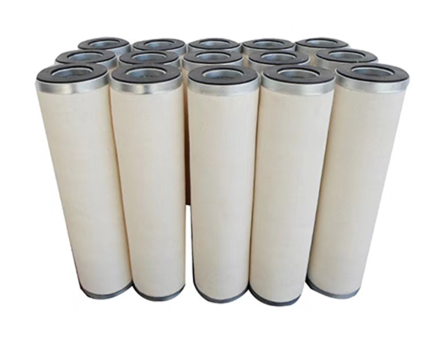 Tel:
+8615930870079
Tel:
+8615930870079
Set . 04, 2024 22:00 Back to list
Carbon Impregnated Cellulose Filter Cartridge - Enhanced Filtration Solutions
The Significance of Carbon-Impregnated Cellulose Filter Cartridges in Water Purification
In recent years, the importance of clean and safe drinking water has become a global priority. Various methods are employed to achieve water purification, and among them, carbon-impregnated cellulose filter cartridges have gained substantial attention. These innovative filters combine the benefits of both cellulose material and activated carbon, resulting in a powerful solution for water filtration.
Cellulose, a natural polymer derived from plant sources, serves as an excellent base for filter cartridges. Its biodegradable nature and structural strength make it an ideal choice for creating efficient filtration systems. Carbon, on the other hand, is renowned for its exceptional adsorption capabilities. When activated, carbon has an increased surface area that can trap impurities, chemicals, and contaminants present in water. By impregnating cellulose with carbon, manufacturers enhance the overall filtration efficiency of the cartridge.
The primary function of carbon-impregnated cellulose filter cartridges is to remove impurities from water. These contaminants include chlorine, volatile organic compounds (VOCs), sediments, and other harmful substances. The activated carbon within the cartridge effectively binds to these impurities, allowing for cleaner, safer drinking water. This process is instrumental not only in household applications but also in industrial and commercial settings where water quality is paramount.
carbon impregnated cellulose filter cartridge

One of the critical advantages of utilizing carbon-impregnated cellulose filter cartridges is their ability to improve taste and odor. Many municipalities treat their water supply with chlorine, which can leave an unpleasant taste and smell. Filter cartridges that combine cellulose and carbon can significantly reduce these chlorinated byproducts, resulting in water that is not only cleaner but also more palatable. This is particularly important in households where children and sensitive individuals may be more affected by the taste and odor of drinking water.
Sustainability is another vital aspect of these filter cartridges. With an increasing focus on environmental conservation, using biodegradable cellulose in the construction of filter cartridges addresses the growing concern over plastic waste. Unlike traditional plastic filters, which can take hundreds of years to decompose, carbon-impregnated cellulose cartridges can break down more naturally, reducing the environmental footprint of water purification practices.
Regular replacement and maintenance of these cartridges are essential to ensure optimal performance. Over time, the activated carbon can become saturated with contaminants, reducing its effectiveness. Therefore, users must be aware of the lifespan of their filter cartridges and follow manufacturer guidelines for replacement.
In conclusion, carbon-impregnated cellulose filter cartridges represent a significant advancement in water purification technology. They effectively combine the natural properties of cellulose with the powerful filtration capabilities of activated carbon. The result is a sustainable, efficient, and environmentally friendly solution for obtaining clean drinking water. As global water quality concerns continue to rise, such innovative filtration systems will play an essential role in promoting public health and environmental sustainability. With ongoing research and development, the potential applications of these filter cartridges will only expand, offering even more solutions for water treatment challenges worldwide.
-
Types and Applications of Air Filtration CartridgesNewsJul.28,2025
-
The Role of Gas Turbine FiltersNewsJul.28,2025
-
Mastering Air Filter Cartridge UseNewsJul.28,2025
-
Advanced Turbine Filters for Modern Gas TurbinesNewsJul.28,2025
-
Cellulose Air Filter Cartridge Advantages in Dust FiltrationNewsJul.28,2025
-
Cellulose Filters for Air Particle ReductionNewsJul.28,2025

 Email:
Email:





